Defining the basic mechanisms behind regeneration requires comparison to both development and homeostasis. How is organ size achieved in animals during normal development, and how is it reconstituted in animals capable of regenerating organs and body parts lost to injury? Are the mechanisms regulating size and allometry evolutionarily conserved? In recent years, discoveries in the fields of signaling, physiology, developmental biology and regeneration using a growing and diverse collection of model organisms have begun to shed mechanistic insight into these problems. Growth, central to embryonic development, tissue homeostasis and regeneration, was the unifying concept at the recent Molecular and Cellular Basis for Growth and Regeneration Keystone meeting.
2016
The genetics of the sexually reproducing biotype of S. mediterranea. Read our recent publication.
Widening perspectives on regenerative processes through growth
Widespread maintenance of genome heterozygosity in Schmidtea mediterranea
Loss of heterozygosity through inbreeding or mitotic errors leads to reductions in progeny survival and fertility. Loss of heterozygosity is particularly exacerbated in geographically isolated populations, which are prone to inbreeding depression and faster rates of extinction. The regenerative capacities of the hermaphroditic biotype of the planarian Schmidtea mediterranea allowed us to perform a systematic genetic test of Mendelian segregation and study the loss of heterozygosity in the Spiralian superclade in general and planarians in particular. We discovered that ~300 Mb (~37.5%) of the genome retains heterozygosity even after ten generations of inbreeding, and show that these chromosomal regions have low diversity and recombination rates in wild populations. Our genetic and genomic analyses establish S. mediterranea as a genetically tractable system. The research also opens the door to study the evolutionary basis of non-Mendelian mechanisms, the adaptive advantages of chromosome structural heterozygotes and their potential relationship to the robust regenerative capacities of planarians.
The freshwater, free-living flatworm (platyhelminth) S. mediterranea has emerged as a powerful model system for studying adult stem cells and organ regeneration 1,2 . This species exists naturally as asexual and sexual reproductive diploid strains with four pairs of chromosomes, distinguishable by a chromosomal translocation that is only present in the asexual biotype 3 . Animals harbouring this translocation reproduce by transverse fission and do not differentiate germ lines or the somatic copulatory apparatus, whereas individuals lacking this translocation are hermaphroditic (Supplementary Fig. 1) and do not reproduce asexually. Although both biotypes display remarkable regenerative capacities, the ease of cultivation of the asexual S. mediterranea has generally favoured its study over the sexual biotype. Therefore, little is known about the mechanisms of heredity in this organism; genetic studies in free-living flatworms using microsatellite and ploidy measurements have been mostly limited to S. polychroa, a primarily parthenogenetic polyploid species 4,


